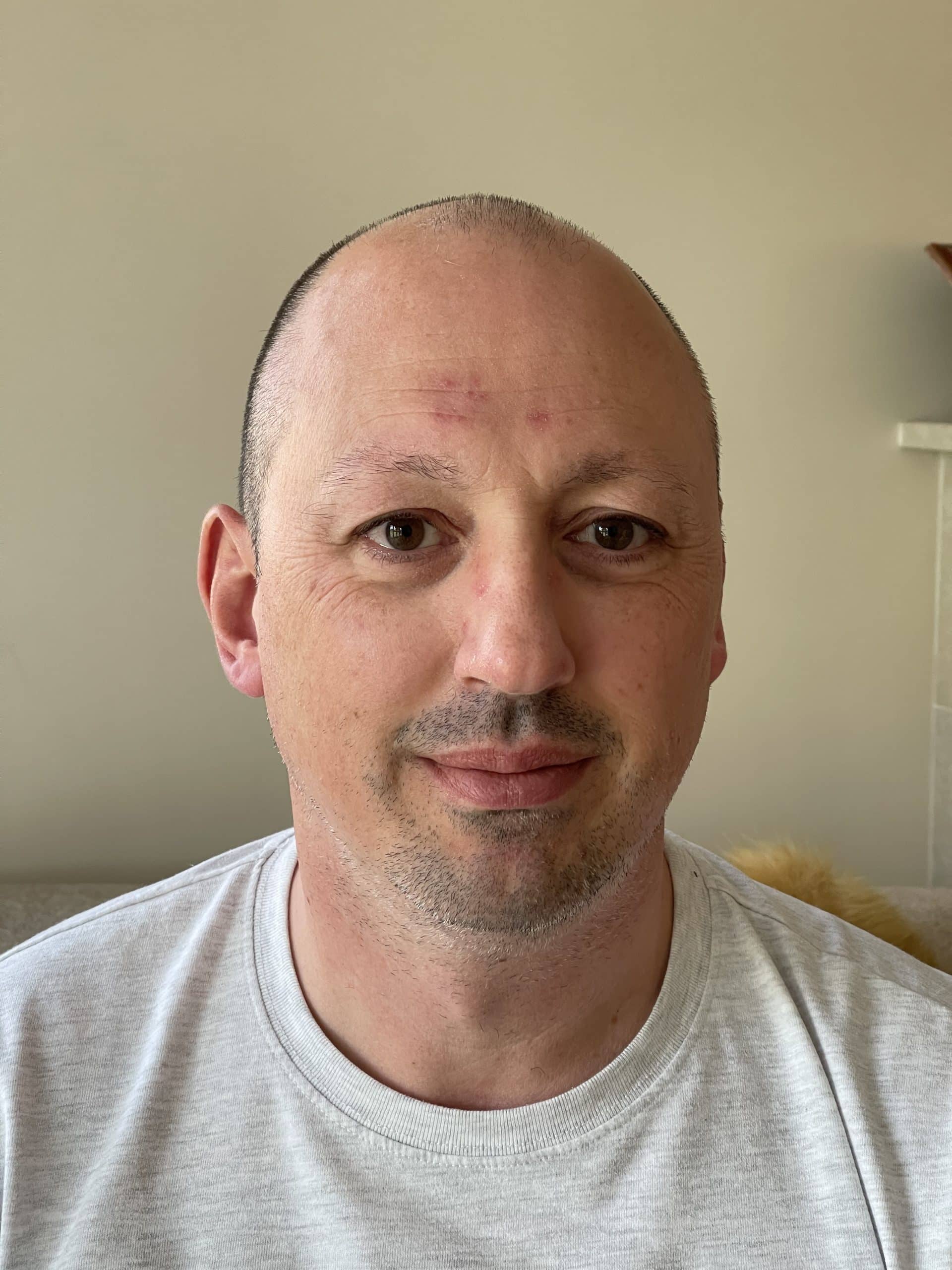In an ideal world, we would start every project or engagement with a totally blank slate, implementing the perfect technologies and development practices to achieve the best results for our clients. However, and perhaps unsurprisingly, this is often not the case, and we find ourselves working within an existing landscape of intertwined technologies and commercial off-the-shelf (COTS) products. This has been particularly true in one of our recent engagements with a Public Sector Organisation.
Why continuous delivery is important
In this public sector engagement, one of the products we’re working with is the SAS Toolset. This is a well-established and often-used statistical analysis software product, which our client had introduced more than a decade ago.
The SAS toolset was widely used throughout the organisation, and it soon came to light that it was out of date in some areas, and others had been patched. There was a mix of on-premises and cloud deployments, and a range of SAS products on different platforms which were all unique and needed to be maintained manually. Some of the deployments were production only, with no development or testing environments – meaning any changes were high-risk.
When systems needed to be updated, they sometimes had to be taken down for days or weeks at a time. This acted as a real deterrent; users were worried that new features would break their existing code, which led to patches and updates not being deployed.
Removing the fear of continuous delivery
A corporate initiative to move services away from on-premises technologies offered the opportunity to break away from this fear of improvement. We took this opportunity, and used it to introduce a number of agile continuous delivery practices. We made sure there was proper source control, and introduced continuous integration, continuous delivery (CI/CD) practises. We also created and introduced development, test, pre-production and production environments.
“These changes improved system down times for upgrades, going from seven working days to under an hour.”
These changes improved system down times for upgrades, going from seven working days to under an hour. They enabled the safe introduction of new features, including a system which reduces the time to load large data sets into the analytics environment from hours to minutes. They have also allowed our developers to try new changes without involving other teams, which accelerates the time to deliver new features. A dashboard of tests has been really useful in bringing clarity and transparency to each update – and users are even starting to add their own tests.
All of this has had a huge impact on the client’s ability to keep the product updated, and their appetite to add new features. We know that continuous delivery is proven to improve software productivity and quality for new builds, but this is proof that it’s equally valuable for mature products.
If you’d like to find out more about how Equal Experts can help implement a continuous delivery strategy to help with your COTS products, you can email our Head of Data, Simon Case




